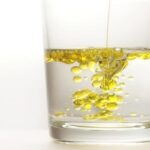We explain what a colloid is, the types of colloids and their main characteristics. Also, its importance and multiple examples.
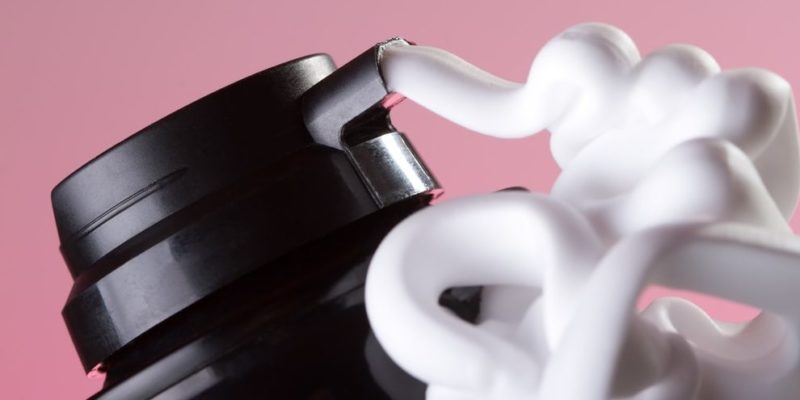
What is a colloid?
In physics and chemistry, colloids, colloidal systems or colloidal suspensions are a type of mixture, usually composed of a fluid phase or continuous (liquid or gaseous) and another dispersed (generally solid) in very small and very fine particles (with a diameter of between 10-9 and 10-5 m), which cannot be seen with the naked eye.
The latter distinguishes them from chemical suspensions, as well as the fact that when at rest for a long time the phases of a suspension tend to separate, but not those of a colloid.
The word colloid comes from the Greek word kolaswhich means “that can stick,” which refers directly to the tendency of colloids to form clots and adhere to other substances. Therefore, can alter the properties of other substances with which they come into contact that is, they are potentially polluting.
It could be said that colloids are somewhere between solutions and suspensions.
See also: Homogeneous mixture
Types of colloids
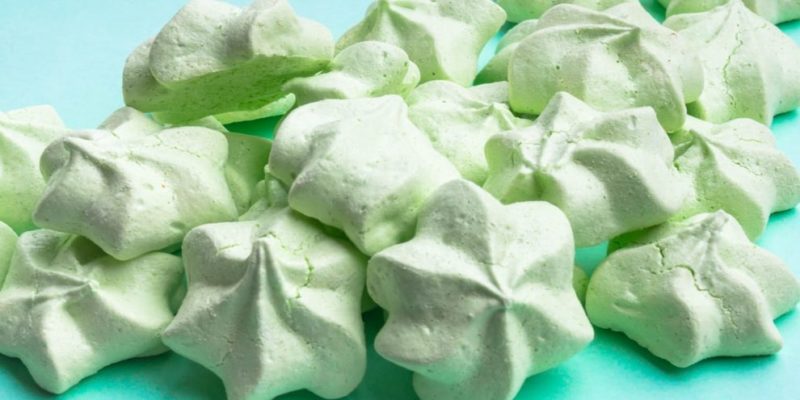
Colloids are classified depending on the proportion of their respective phases, according to the scheme: dispersed phase in continuous phase:
- Liquid colloids (dispersed phase) in gas (continuous phase). They form liquid aerosols, such as fog, mist or mist.
- Solid colloids (dispersed phase) in gas (continuous phase). They form solid aerosols, such as smoke from a fire, dust in the air, or volcanic ash in the atmosphere.
- Gas colloids (dispersed phase) in liquid (continuous phase). They form foams, like beer or shaving foam.
- Colloids liquid (dispersed phase) in liquid (continuous phase). They form emulsions, like milk, mayonnaise or cosmetic body creams.
- Solid colloids (dispersed phase) in liquid (continuous phase). They form suns (singular: “sun”, for example, blood is a sun), like paints or Chinese ink.
- Gas colloids (dispersed phase) in solid (continuous phase). They form solid foams, like meringue or aerogels, or pumice.
- Liquid colloids (dispersed phase) in solid (continuous phase) They form gels, like gelatin, cheese or gummy bears.
- Colloids solid (dispersed phase) in solid (continuous phase). They form solid suns, like ruby crystals.
Characteristics of colloids
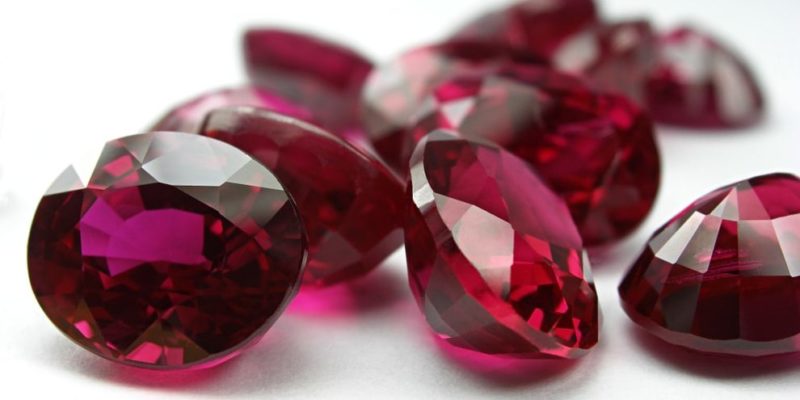
- The colloids are non-homogeneous systems in which there is an important difference between the size of the phases.
- The colloids are not filterable that is, their phases cannot be separated mechanically.
- have viscosity that is, internal resistance to movement, depending on how much force of attraction there is between its phases.
- are excellent adsorbents since they have Van der Waals forces and free atomic bonds, capable of capturing other substances and retaining them.
- The colloids allow the light beams to be visible in what is known as the Tyndall effect (it consists of a beam of light, which is not necessarily visible, becoming visible after passing through a colloidal system).
- The particles of a colloid exhibit “brownian” motion, that is, they its particles move randomly in front of a ray of sunlight and cannot form sediments.
- Colloids are usually electrically neutral.
Importance of colloids
Colloids have numerous applications in the medical and engineering field so they are an important branch of study of physical chemistry. Of special attention are the acoustic, optical and electrical properties of the colloids, since they could be the basis for obtaining new and more modern materials.
Examples of colloids
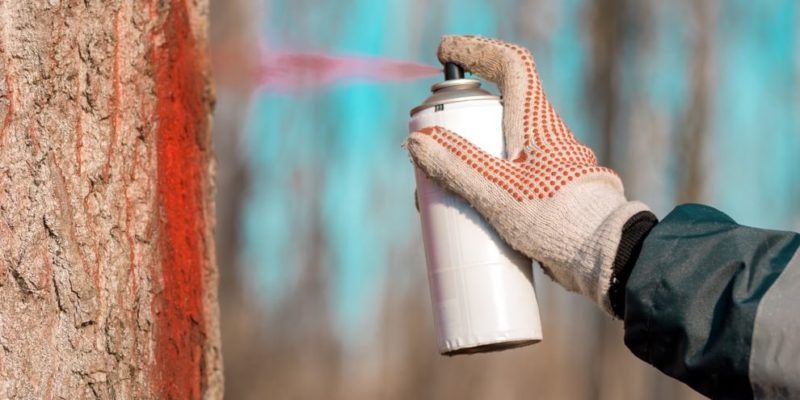
Some examples of colloidal systems are:
- The dust floating in the air. When we clean an old room, the same one we can see when a ray of light comes through the window.
- Aerosols. Graffiti is painted with drops of paint sprayed on a fixed base.
- The blood. It is a colloidal system of proteins, cells and substances that provide it with its thickness or lightness.
- The gelatin. Made with animal cartilage, it forms a gel at certain temperatures.
Continue with: Alloy
References
- “Colloid” on Wikipedia.
- “Colloids” in La Guía 2000.
- “Colloids” at Lenntech.
- “Colloid” in Encyclopedia.us.




